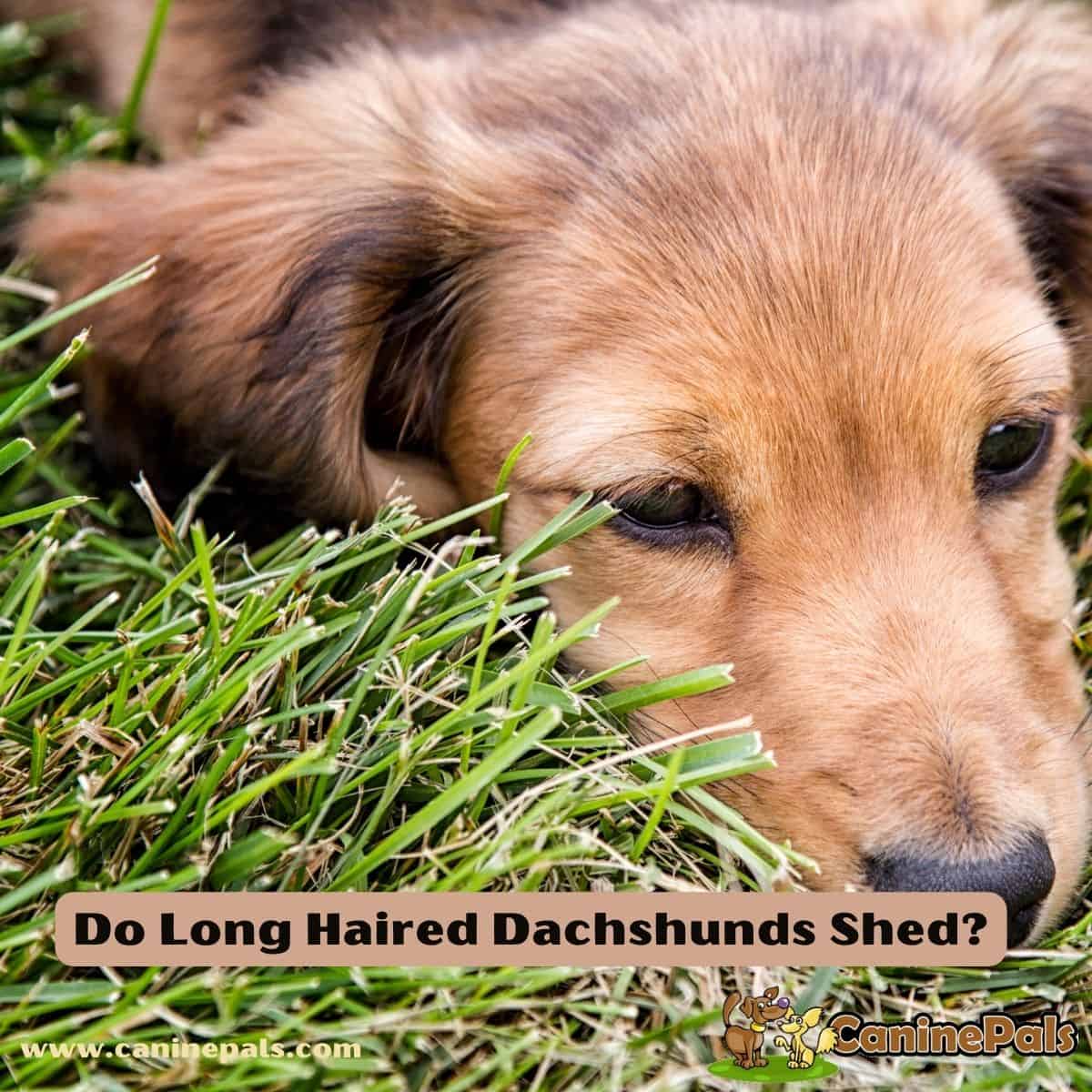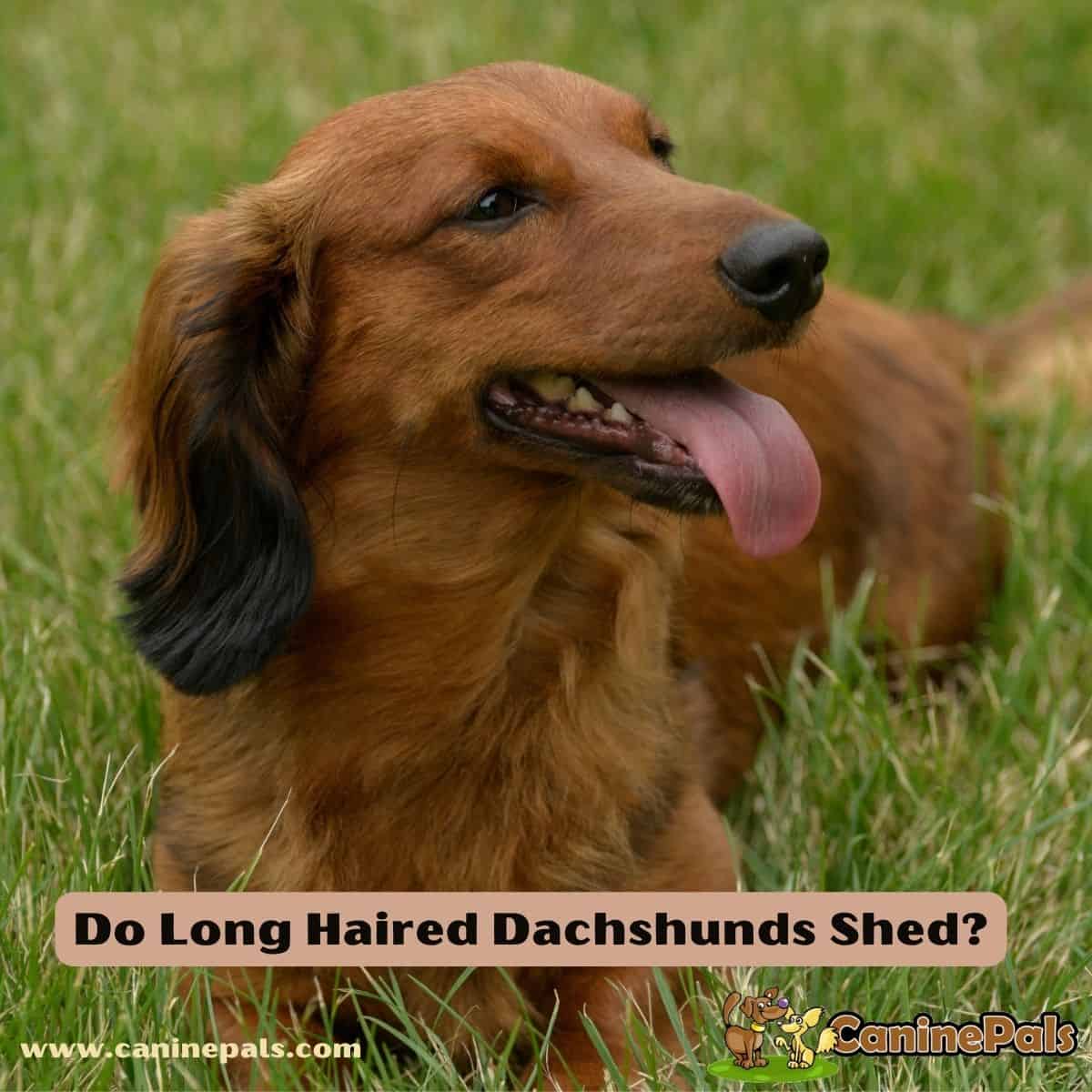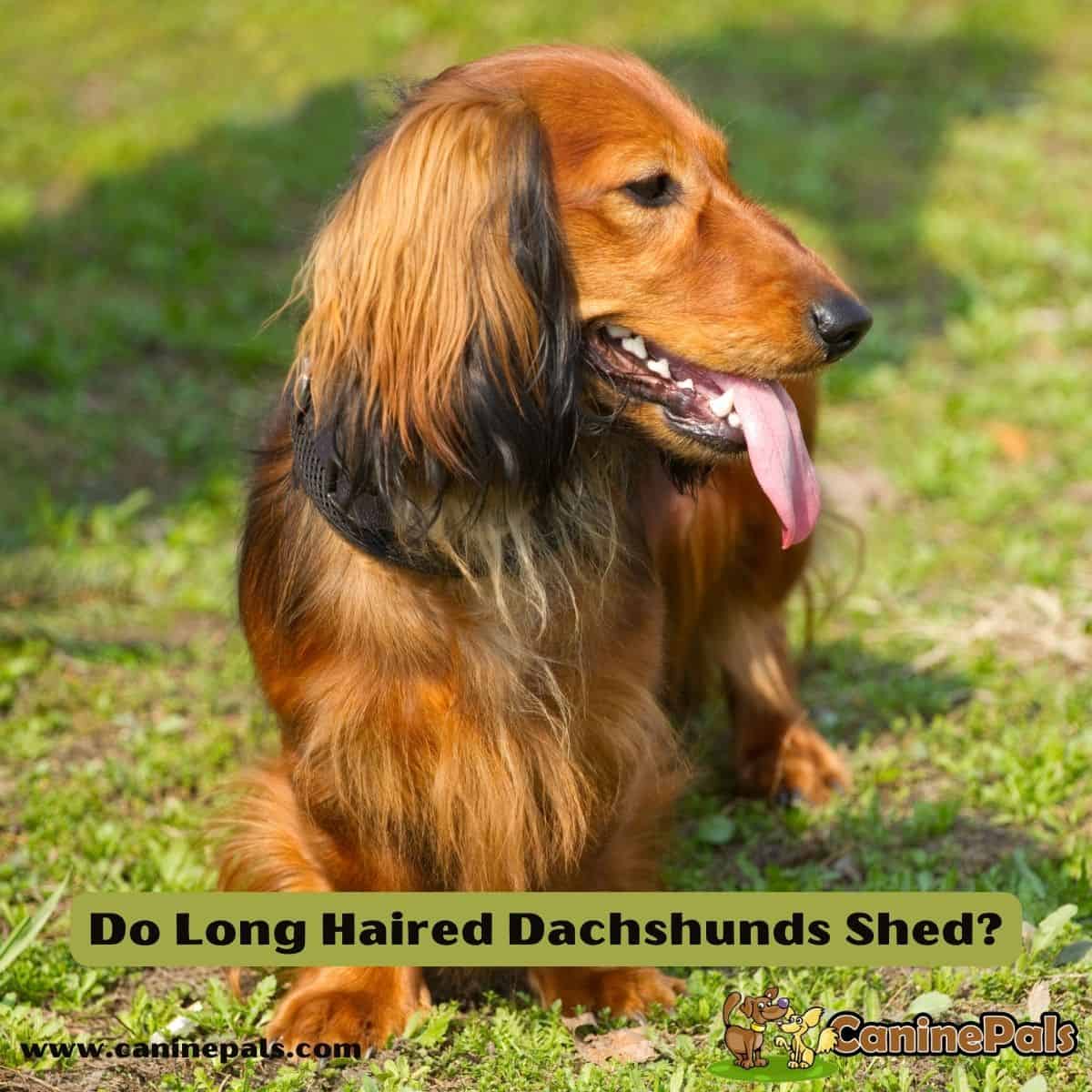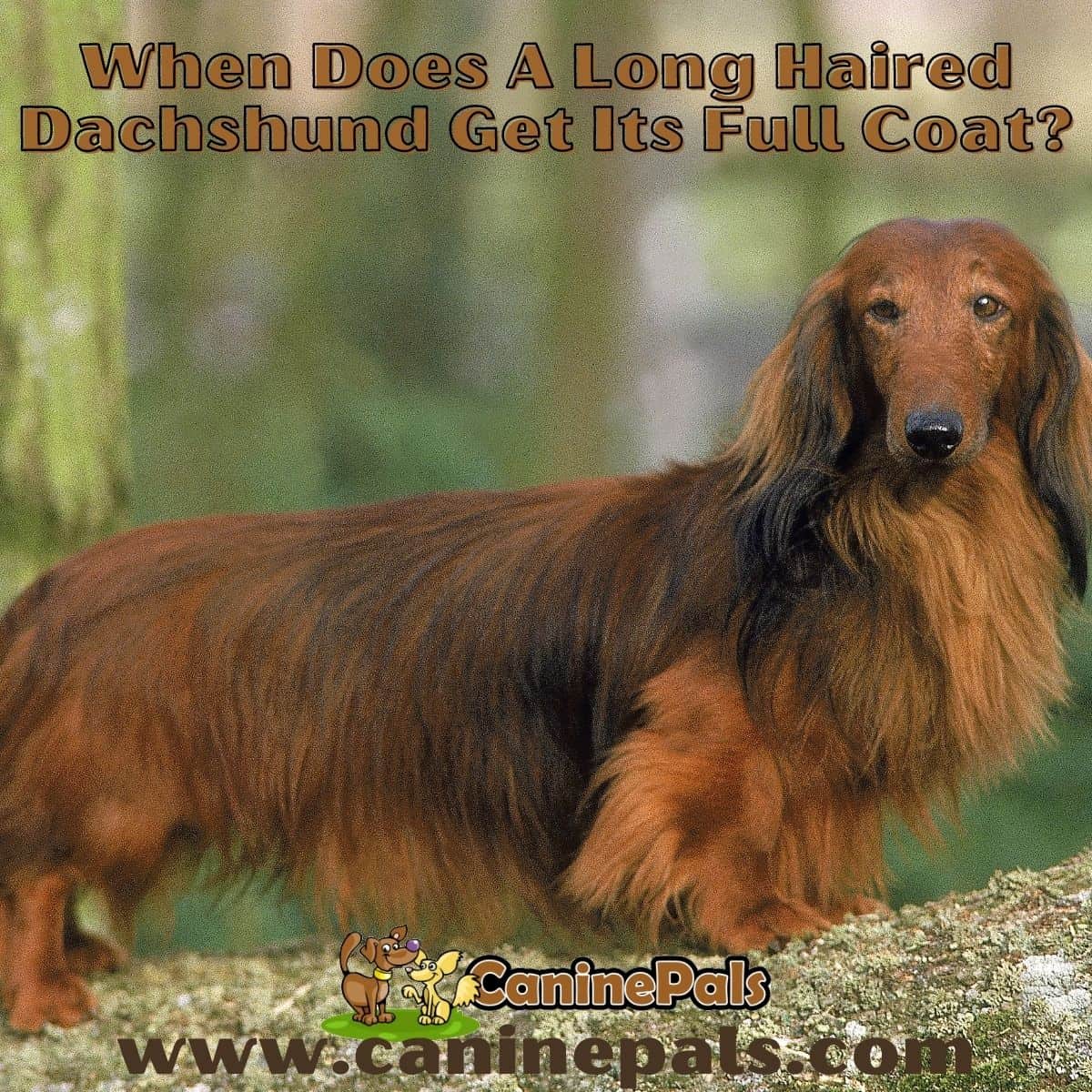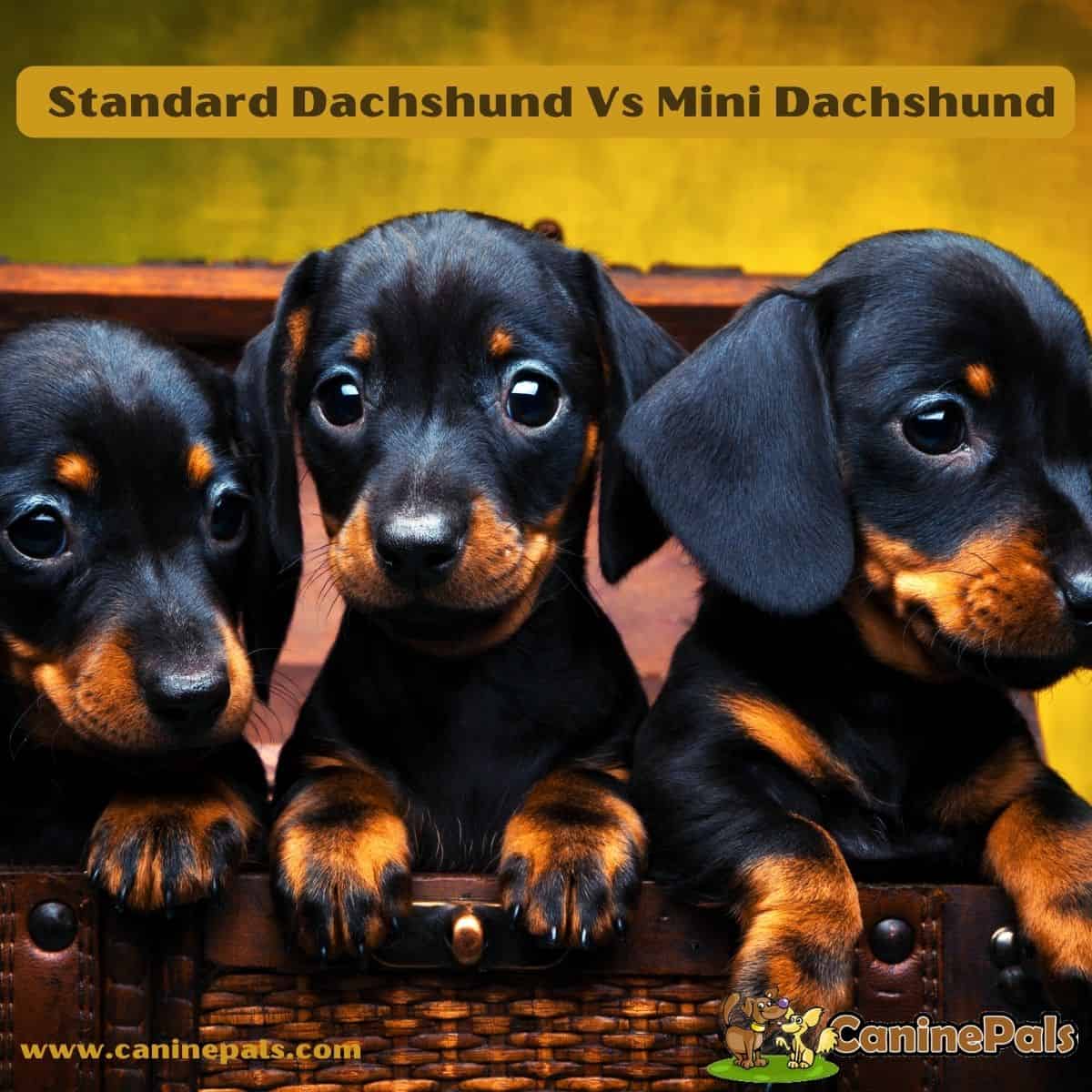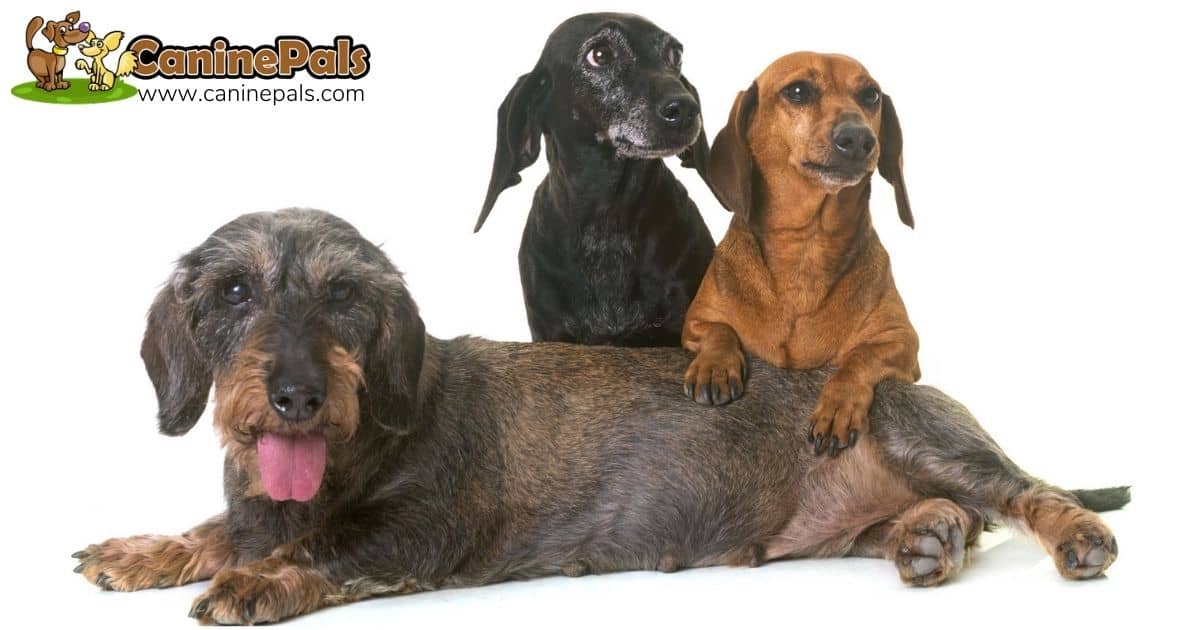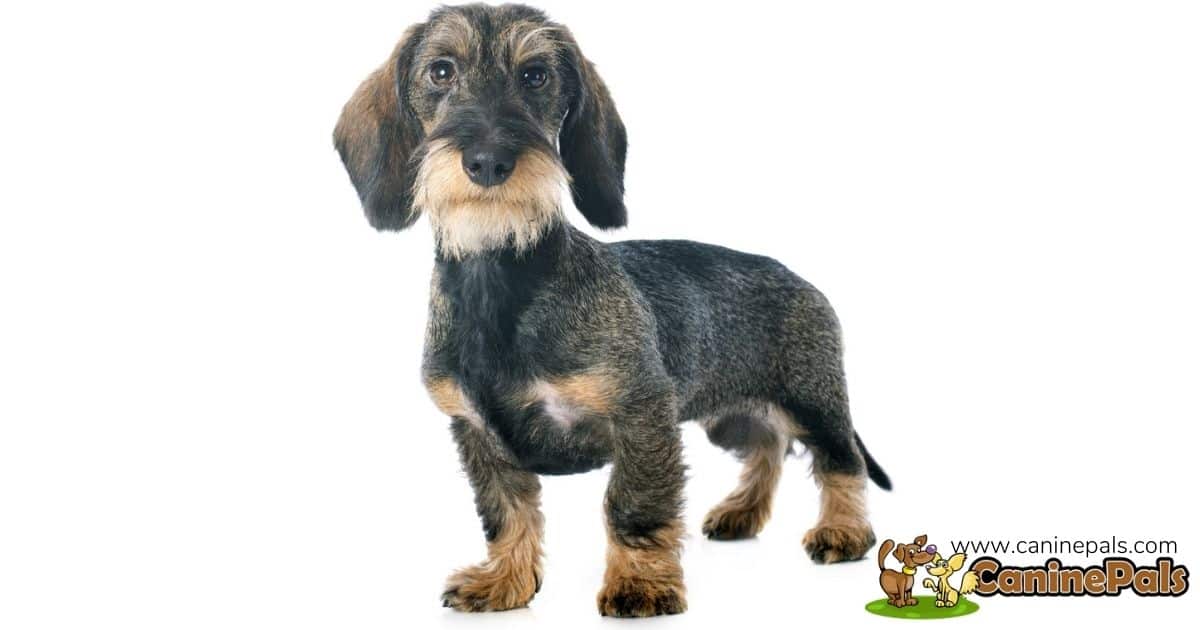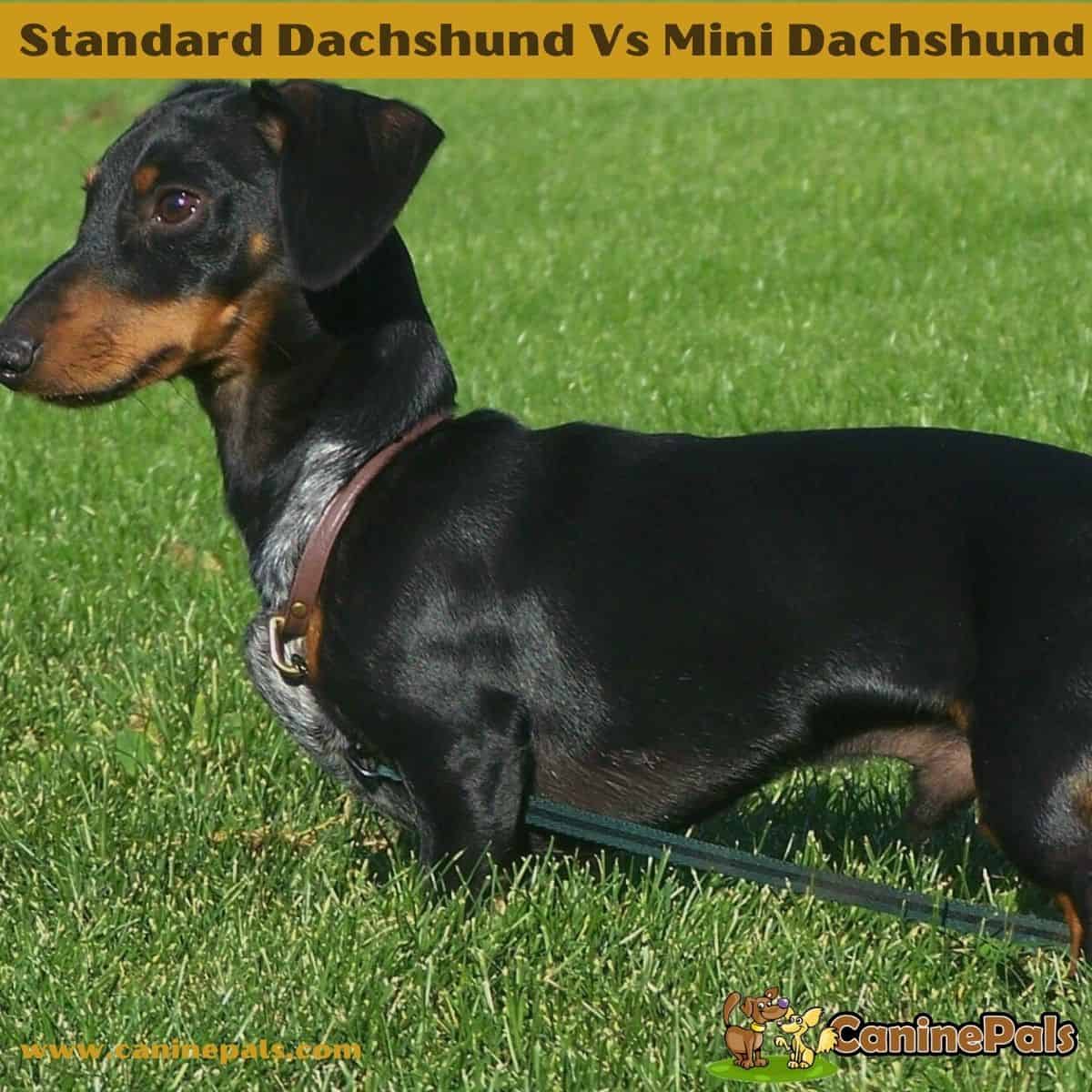Dachshunds are a unique dog breed well-known for their long bodies and short legs. This physical characteristic has often fascinated many people who wonder why dachshunds are so long in the first place. The answer lies in the breed’s history and purpose.
Dachshunds were originally bred in Germany in the 16th century to hunt badgers and other burrowing animals. Their long, flexible spines allowed them to navigate through narrow tunnels in pursuit of their prey easily.
Over time, breeders selectively bred dachshunds to have longer bodies and shorter legs, making them even more effective at their job.
Today, Dachshunds are still used for hunting but are popular pets worldwide. However, their unique physical characteristics can also lead to specific health issues, so owners need to be aware of these risks.

Why Are Wiener Dogs So Long?
Dachshunds are known for their unique long and low body shape, which makes them stand out among other dog breeds. The reason why these dogs are so long is due to a genetic condition called chondrodysplasia. This condition affects the growth of bones and cartilage, resulting in shorter legs and a longer body.
Dachshunds were initially bred to track and hunt small, underground creatures. Such as rabbits, badgers, and foxes. Their long, flexible spine allowed them to navigate narrow tunnels to retrieve their prey and return it to their owners. This is why they are also known as “wiener dogs” or “sausage dogs.”
Selective breeding over time has also contributed to the Dachshund’s long body shape. Breeders have selected certain physical traits, including a longer body and shorter legs, to create the ideal hunting dog, resulting in the modern Dachshund we know today.
While the Dachshund’s long body may be cute and distinctive, it can also lead to health problems such as back issues. It is essential to ensure that Dachshunds maintain a healthy weight and receive proper exercise and care to prevent these issues.
Dachshunds are so long due to genetic factors and selective breeding for their original purpose as hunting dogs. Their long body shape is a defining characteristic of the breed, but taking care of their health is essential to prevent potential issues.
Physical Characteristics
Dachshunds are known for their unique physical characteristics, which make them stand out from other dog breeds. These characteristics include their long bodies, short legs, and distinctive coat and colors.
Body Shape
One of the most distinctive features of Dachshunds is their long bodies, which make them look almost stretched out. This body shape results from selective breeding, as dachshunds were initially bred to hunt burrowing animals like badgers and rabbits. Their long, flexible spines allowed them to wiggle in and out of narrow tunnels to retrieve their prey and return it to their owners.
Dachshunds are also known for their short legs, another adaptation for their hunting role. Their legs are strong and muscular, allowing them to dig and burrow quickly. However, this body shape can also lead to health problems, such as back issues and joint pain, so taking care when lifting or carrying Dachshunds is essential.
Coat and Colors
Dachshunds, or as people love to call them, Sausage Dogs, have distinctive coats in various colors and patterns and can have short, smooth, long, silky, or wire-haired coats. The most common colors are red, black, and tan, and chocolate and tan, but they can also come in dappled, brindle, and other patterns.
Grooming requirements for Dachshunds depend on their coat type. Smooth-coated Dachshunds require minimal grooming, while long-haired and wire-haired Dachshunds need more attention to keep their coats healthy and shiny. Regular brushing and bathing can keep their coats in excellent condition and reduce shedding.
Overall, the physical characteristics of Dachshunds make them a unique and beloved dog breed. Their long bodies and short legs may have been bred for a specific purpose, but they also make them stand out from other dogs. With correct care and attention, Dachshunds can live long, happy lives and bring much joy to their owners.

Hunting Origins
History
The Dachshund is a German breed that originated in the 17th century. They were bred specifically for hunting badgers, sometimes called “the badger dog.” The Dachshund’s long, narrow body was ideal for burrow hunting, where badgers and other small animals often make their homes.
Over time, the Dachshund became popular with hunters for their ability to track and chase other types of prey, such as rabbits and other burrowing animals. Their keen sense of smell made them excellent hunting dogs, and their small size made them ideal for hunting in tight spaces.
Hunting Techniques
Dachshunds were trained to hunt in a specific way. They were taught to follow a scent, using their powerful sense of smell to track their prey.
Once they found the target, they would chase it into its den or burrow. The Dachshund’s long, narrow body allowed them to fit into tight spaces, using their powerful jaws to catch and kill their prey.
Dachshunds were also trained to work in packs, working together to flush out prey and corner it. This made them even more effective hunters, as they could work together to take down larger prey.
Overall, the Dachshund’s hunting origins have played a significant role in shaping the Dachshund breed. Their long, narrow bodies and powerful sense of smell make them excellent hunting dogs, and their ability to work in packs has made them effective at taking down larger prey. While they are no longer used as hunting dogs as much as they once were, their hunting instincts and abilities remain strong.
Health Risks
Dachshunds are known for their unique elongated body shape, which can lead to certain health risks. Dachshund owners must be aware of these risks and take steps to prevent them.
Intervertebral Disk Disease (IVDD)
One of the most common health risks associated with dachshunds is Intervertebral Disk Disease (IVDD). This back problem occurs when the disks between the vertebrae in the spine become compressed or herniated. Dachshunds are particularly prone to this condition due to their long spine and short legs.
IVDD can cause pain, paralysis, and in severe cases, even death. Dachshund owners need to take preventative measures to reduce the risk of IVDD, such as avoiding activities that put excessive strain on the back, maintaining a healthy weight, and providing proper support for the back when carrying or lifting the dog.
Dwarfism Trait
Dachshunds are also prone to a gene mutation that causes dwarfism, which can lead to several health issues. This condition can cause skeletal abnormalities, including short legs and a long body, which can stress the spine and joints.
Dwarfism can also lead to other health problems, such as respiratory, dental, and skin conditions. Dachshund owners should be aware of these risks and take steps to prevent or manage them, such as providing proper dental care and regular check-ups with a veterinarian.
Gum Disease
Dachshunds are also prone to gum disease, leading to tooth loss, infections, and other health problems. This is due to the shape of their jaw and teeth, making it challenging to keep them clean.
Dachshund owners should prevent gum disease by providing regular dental care, such as brushing their teeth and providing dental chews or toys. Regular check-ups with a veterinarian can also help to catch and treat gum disease early.
Arthritis
Finally, Dachshunds are prone to arthritis, which can cause pain, stiffness, and mobility issues. This is due to the stress that their long body shape puts on their joints over time.
Dachshund owners can help to prevent or manage arthritis by providing proper nutrition, maintaining a healthy weight, and providing regular exercise. A veterinarian may also recommend supplements and medications to help manage arthritis symptoms.
Dachshunds require special care due to their unique body shape and genetic predispositions. By being aware of these health risks and taking preventative measures, dachshund owners can help to ensure that their furry friends live long, healthy lives.
Personality and Training
Lively and Agile
Dachshunds are known for their lively and agile personalities, and they are full of energy and love to play. They are also very intelligent and quick learners, and these traits make them great family pets.
Selective Breeding
The long body of the Dachshund is a result of selective breeding. Originally bred as badger hunters, dachshunds needed to be able to dig into burrows and chase their prey.
Over time, DOG breeders selectively bred Dachshunds with longer and longer bodies to improve their ability to hunt. Today, Dachshunds come in two sizes and three coat types: standard-size shorthair, long-haired, and wirehaired.
Training
Training a Dachshund requires patience and consistency. They can be stubborn sometimes, but they can be trained to do just about anything with the right approach.
Positive reinforcement is essential to success when training a Dachshund. They respond well to treats and praise and love to please their owners.
Dachshunds have a powerful prey drive, so it’s essential to socialize them early on. They should be exposed to animals, different people, and different environments to help them develop into well-rounded dogs.
They are also scent hounds, so interesting smells may easily distract them. Keeping them on a leash when walking or playing outside is essential.
Dachshunds are loving and loyal companions with a unique personalities and history. With correct training and socialization, they can make wonderful family pets.
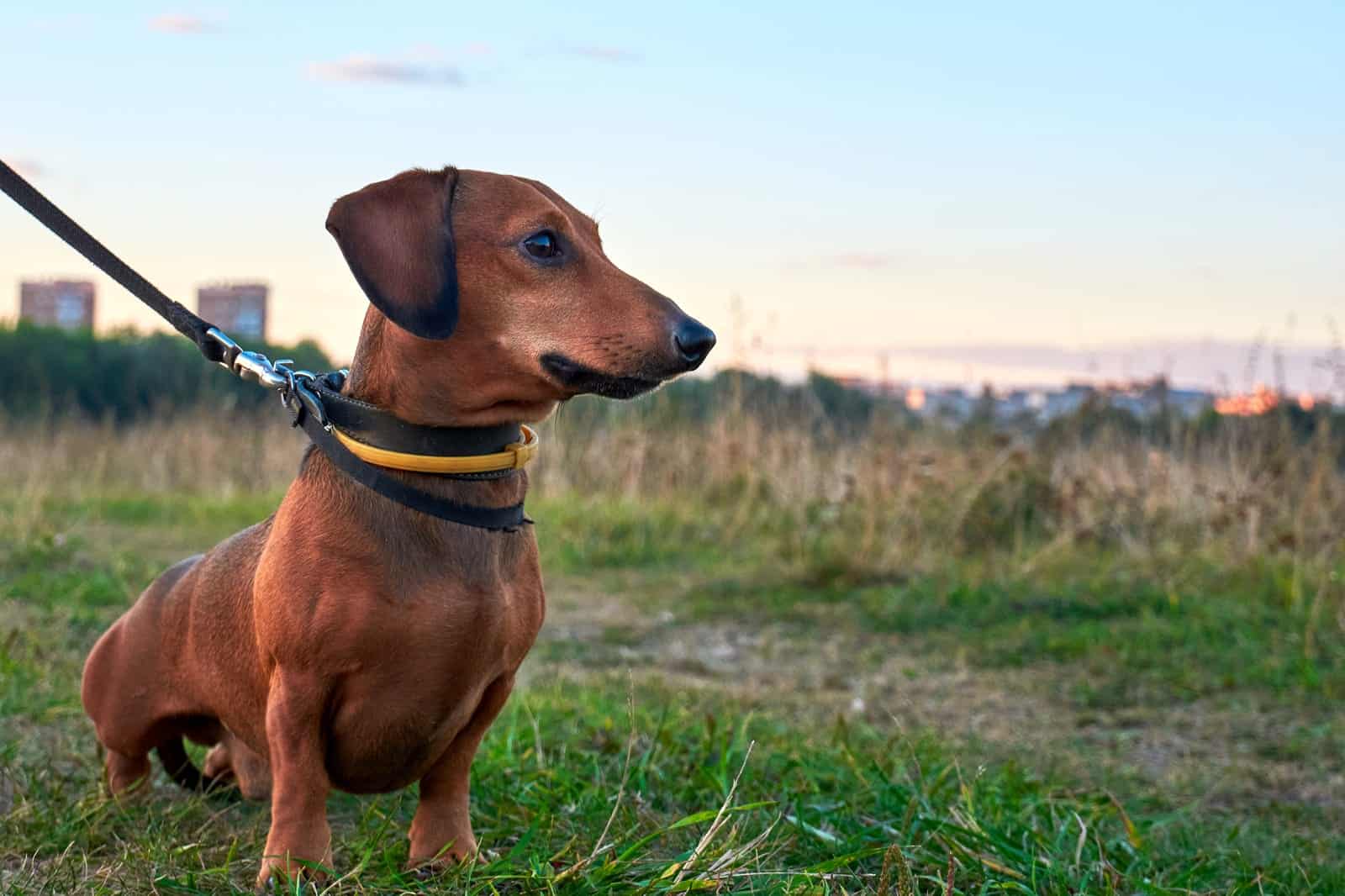
Conclusion
In conclusion, the reason why Dachshunds are so long is due to their breeding history. They were initially bred to hunt badgers, and their long, narrow bodies allowed them to fit into the narrow burrows of these animals.
This unique body shape was achieved through selective breeding that favored dogs with shorter legs and longer bodies.
Despite their unusual appearance, Dachshunds are a beloved breed with a loyal following. They are known for their intelligence and affectionate nature.
However, it’s important to note that their long bodies can make them more susceptible to specific health issues, such as back problems.
If you’re considering adding a Dachshund to your family, it’s essential to research and ensure you’re prepared to provide them with the care and attention they need. This includes regular exercise, a healthy diet, and regular visits to the vet.
Dachshunds are a unique and fascinating breed with a rich history and loyal following. Their unusual body shape may be the subject of curiosity and amusement. Still, it’s important to remember that they are, first and foremost, beloved pets that deserve our love and care.
Copyright CaninePals.Com. All Rights Reserved.
References and Further Reading:



